This following piece is re-printed here, having first been commissioned and published on the Dark Mountain website on 2nd February 2022.
The Old Way is a recently uncovered Mediaeval route for European pilgrims, winding 220 miles through the rolling chalk uplands of Southern England, from Southampton to Canterbury. In late 2019, I planned a pilgrimage along it ‘collecting and sharing acts towards and visions of a positive future society’. I was due to set out in April 2020. As the pandemic hit and deepened over the course of the year, so did my doubt in the face of questions like ‘What does a positive future look like right now?’ and ‘Is it possible to be visionary in the face of such uncertainty?’. When setting out eventually began to look possible, this space of collective yearning for positive futures felt insufficient as a response to what we were living through. What of the grief and trauma of our entangled realities? What of the things that don’t make sense yet?
What shone in the wreckage of my pre-pandemic thinking was something that Dougald Hine, co-founder of Dark Mountain and A School Called Home, had written to me, in support of the original crowdfunder, in which he described the planned walk as ‘an act of weaving, stitching together the torn fabric, starting from where we find ourselves.’ Where I found myself was enshrouded in grief; not from any one easily identifiable source, nor necessarily my own grief, but as a texture or body of shifting matter. Stepping out from there, this piece is the story of those first few days of walking, finding my feet as I pick my way through the internal and external debris of modernity and pandemic.
Water
In August 2021, I cross the Solent by ferry from the Isle of Wight, so that a pilgrimage I am setting out on can begin as I set foot on the main (is)land. Why I do this isn’t clear, the kind of gut intelligence that I sometimes have to follow but can’t articulate immediately. In hindsight, I speculate that the passage across the Solent marks a moment of transition. I step out of the drifting life raft and tether myself to an intention. Or I stumble into the initiation that I don’t know how to look for. Or I pay the ferryman to deliver me into the underworld. From another later point it may look or feel like something else. Such is the nature of grief. Such is the nature of us.
The day before setting off, I read an article from that day about Southern Water being fined £90 million for historically dumping billions of litres of raw sewage into the Solent, and yet continuing to do so into Chichester Harbour, just along the coast. This is one of the most highly protected marine environments in the country, whose shores I will walk, but maybe, on second thoughts, not swim in, in the coming days. In the run up to the COP26 talks in Glasgow, the UK parliament will vote against a bill forcing water companies to ‘take all reasonable steps’ to avoid dumping raw sewage into British waterways.
This is a pilgrimage of chapters. A few days walking, home, then back again a few weeks later. This is the first chapter. Rosie, my fellow pilgrim on this stretch is from the Isle of Wight. Apparently native islanders are known as ‘caulkheads’. To caulk means to fill or close seams between a ship’s plating in order to make it watertight. One explanation is that islanders have historically been engaged in such work in the boat yards of Portsmouth and Southampton. Folklore offers another, that islanders’ heads are full of caulk and they therefore cannot drown. Rosie speaks of her compulsion for outdoor swimming during a period of multiple personal griefs. She tells me of the need to feel water flowing through and around her, of how the body’s diffusion into some larger, deeper and more fluid body allows release.
Cloud
An image haunts me from a piece of footage I shot but never used. The camera is behind three shadowy figures. A taller figure looms, possibly protectively, over the other two. The time is dusk. All three heads are raised, looking expectantly towards the dense swirl of a murmuration. In my imagining of what could have been, or could still be, I hear cascading organ music accompanying the footage.
In a murmuration, there are seven other birds whose movement each starling responds to. Seven neck vertebrae in the bodies of mammals. Seven stages of grief.
Mud
I spend the third night in a copse of oaks overlooking Langstone harbour, which, before the waters rose, was a Bronze Age cremation ground. In the morning, the mud is revealed by the tide and I sip tea and gaze out, imagining pyres and plumes of smoke dotting the landscape .
A Medieval pilgrim route doesn’t routinely pay heed to the contemporary requirement for wayfarers to travel exclusively through rural beauty spots. I pass through human communities where successive histories of violence, oppression and alienation pile up, where mistrust, grief and pain slosh around my ankles as I wade through, keenly feeling the foolishness, helplessness and sadness of trying to address those histories by walking. Sometimes, as an outsider passing through, I become a vessel for receiving that mistrust, grief and pain and carrying it out beyond the edge of the village before finding my own ways to compost it.
The sin-eater is a historical figure, seemingly originating in the Welsh borders, whose job it was to attend funerals and eat a meal of bread and ale over the corpse of the deceased, thus absolving them of their sins and absorbing them into their own body. Bertram S. Puckle, in his 1926 book on funeral customs, tells us that the sin-eater was were ‘abhorred by the superstitious villagers as a thing unclean, … cut off from all social intercourse with his fellow creatures’ and living ‘as a rule in a remote place by himself’ . Their marginal and folkloric standing means that we have no first person accounts of the life of a sin-eater, so we can only speculate on what rituals they would undergo to absolve themselves.
How might a collective ritual look, by which the villagers might share and work together through the challenges of modernity laid at their door? What might lay on the other side of such work?
How might a collective ritual look, by which the villagers might share and work together through the challenges of modernity laid at their door? What might lay on the other side of such work?
Air
As I walk, there are places where ancient spirits crowd the hedgerows, fighting for the right to breathe amongst layer upon layer of corporate, state and private land ownership. Their presence is malevolent because they are angry and humiliated at having been mistreated. I want to bring them into my sense of this very long and thin place, whose history I’m trying to walk myself into, and back into my sense of myself, but I’m scared of how their stories will land in me. I don’t know if I’m equipped to hear their truths, let alone carry them. I am complicit in their oppression. A friend asks if I’m certain of that. Yes, I reply.
Earth
I am drawn into a churchyard, summoned by a vast and ancient yew tree, ingloriously propped up by a number of brand new wooden beams. There are over five hundred churchyards in England that contain yew trees older than the churches themselves. An information board proclaims that the tree is estimated to be one thousand six hundred years old.
I fear that knowing when a body is ready to return to the earth is one of the capabilities we have lost in this part of the world; to appreciate the dignity of death and to mourn the indignity of extended life only made possible by technology. I have a feeling that our presence in the world should now be characterised by silence, listening and engaged solidarity. I fantasise about world leaders sitting in a listening circle, hearing each others’ grief and doubts, without responding or attempting to problem solve.

Wood
On the fourth night of walking, I sleep the night in the ancient yew forest at Kingley Vale, overlooking the expansive tidal flats of Chichester Harbour. Taxus Baccata. The English Yew. The tree of death. At dusk I find a memorial to Alan R. Walsh – born 1.1.1937 died 14.8.2021 – written in chalk on a stile. Life and death in a chalk landscape, to be washed away with the next rain. During the night I too bleed into my surroundings as a tawny owl settles on the yew branch above me, to which I have tied my shelter, hooting its way into my dreams for what seems like hours. I become part-owl as I sleep. There is a branch of Christian mysticism which associates owls with the deep wisdom that darkness can teach us.
Grief
There are those who have told me that it isn’t a ‘real’ pilgrimage, that the whole thing should be undertaken in one go or not at all. It is true that this version doesn’t make space for the kind of experience of pilgrimage that I’m used to – the passage through pain, repetition and boredom, to noticing and listening, and eventually to a humility I haven’t found in any other way. On the other hand, that begins to feels like a hero journey to me, as if I have some faith in my own power to manifest change in the world. I confess that I did once have that faith. I even confess that this journey, in its original conception, was founded on a version of that faith. Now? Not so much.
What can be said for this modular version of pilgrimage is that it doesn’t separate pilgrimage from the rest of life … doesn’t demand that the pilgrim return with a great booty of learning and experience?
What can be said for this modular version of pilgrimage is that it doesn’t separate pilgrimage from the rest of life? It doesn’t ask as much, in that it doesn’t demand that the pilgrim return with a great booty of learning and experience. It is more quietly generative, allowing a more objective view of my own pilgrim’s progress. It entangles pilgrimage and daily existence; the two become acquainted and mutually affective. It makes space for a slowness of emergence, the stages of which can be considered even as they dissolve into the next. These between-times allow me to perceive grief from a distance – in the weave of conversations with my co-pedestrians, in passing exchanges and glances from passers-by, and folded many times into the landscape.
For the human body, pilgrimage on foot is a respite from grief. The combination of steady tramping, exhaustion, not knowing where the next meal is coming from, and the nightly search for somewhere to sleep, doesn’t leave space for sorrow. More than that, grief moves into our joints with each step; no longer a hanging cloud, it seeps into the body. It becomes us. For the extended body, as noted pilgrim and peace activist Satish Kumar notes, pedestrianism brings the walker into relations with everything else. In his teaching and writing about dis/enquiry, Bayo Akomolafe suggests ‘de-centring the anthropological figure as the central researcher and storyteller and learning to listen to the world’. I once wrote of how pilgrimage draws me into a kind of universal feral knowledge, a history and future that includes me and all those who have walked here before and will in the future. And there too lies grief.
There’s a well-known children’s’ book that I read to Ella, our four year old, sometimes, in which a family, on a walk to find a bear, keep coming up against bogs and rivers and storms and forests and narrow caves. When they come across a new obstacle they all chant ‘we can’t go over it, we can’t go under it, oh no, we’ve got to go through it!’.
Walking off the South Downs towards Chichester, the first leg completed, the refrain echoes more expansively. When the family finds the bear, they all run home to bed and hide under the covers. By the time our culture faces the bear, we will have exhausted all options for retreat, so it seems like our story might be about the nature of our relationship with the bear. As I have found, it could be that grief is as good a place as any to start. I’m already looking forward to being back here in a few weeks to set out on the next leg, but for now, I lay my staff beside me on a bench at Chichester station, and close my eyes, comforted by the immediate prospect of running home to bed.
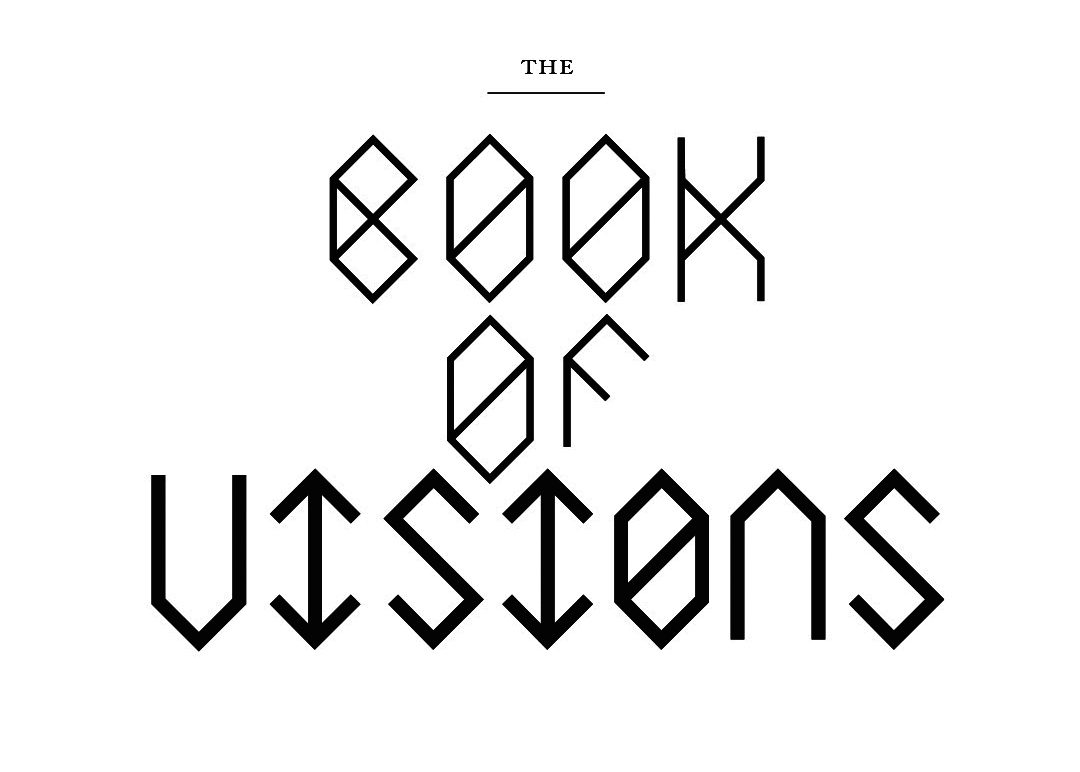
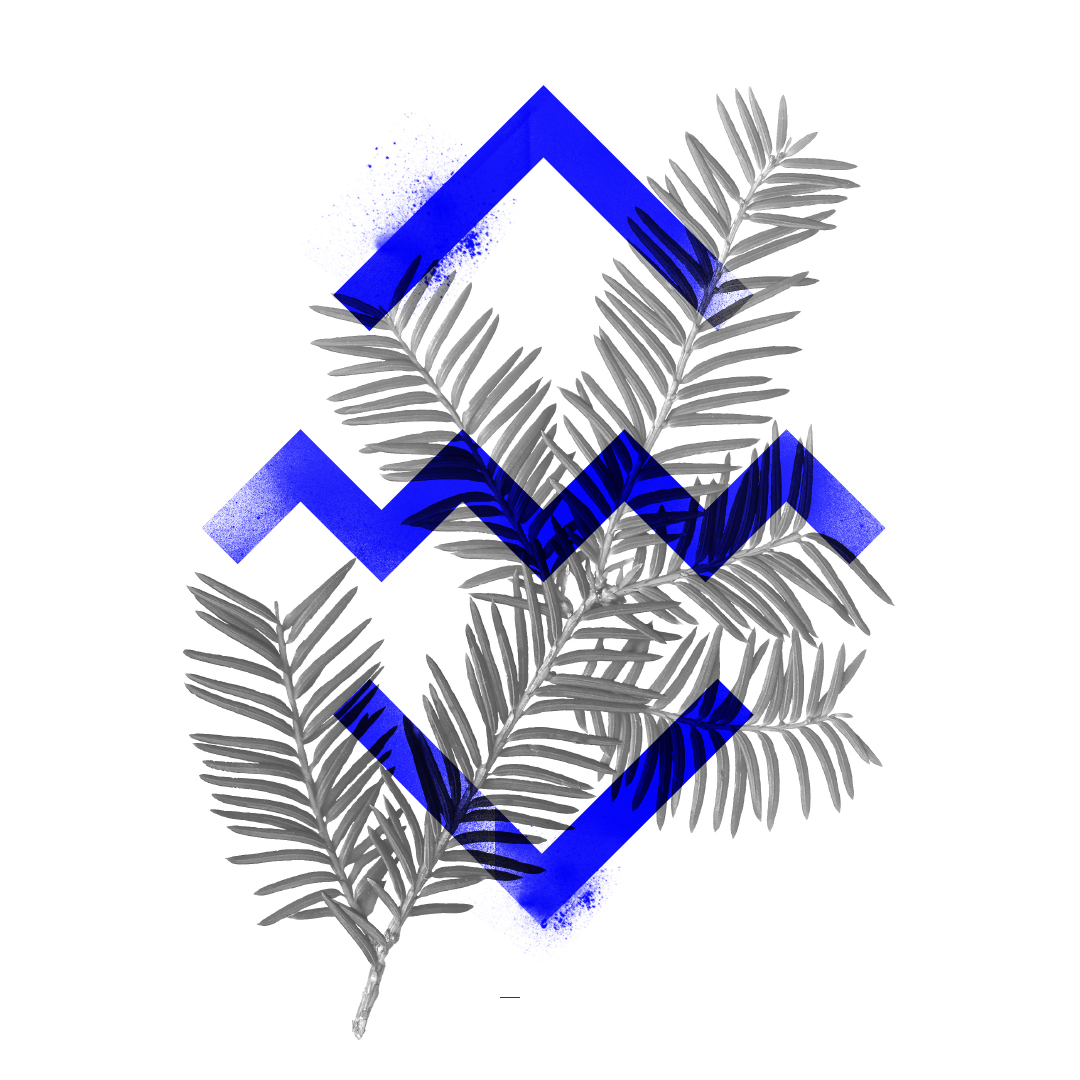
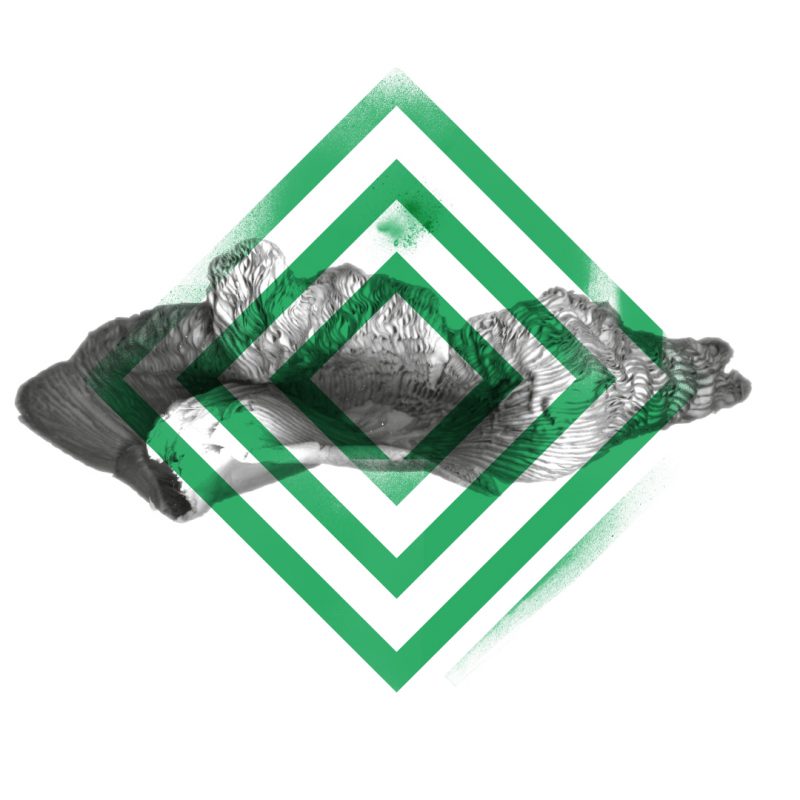
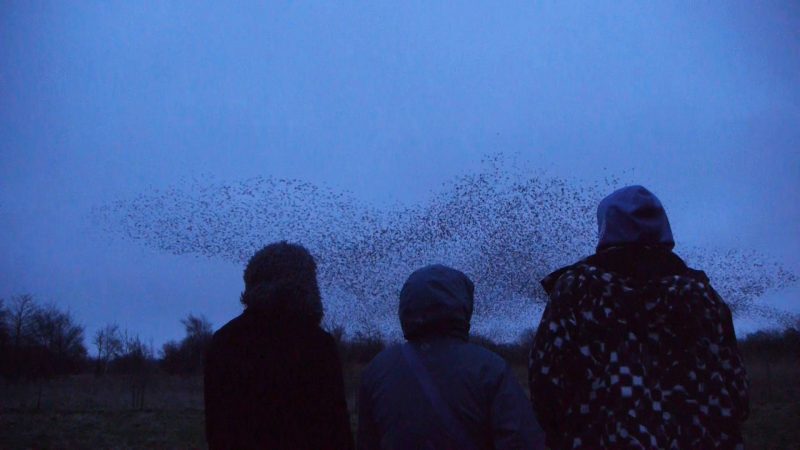
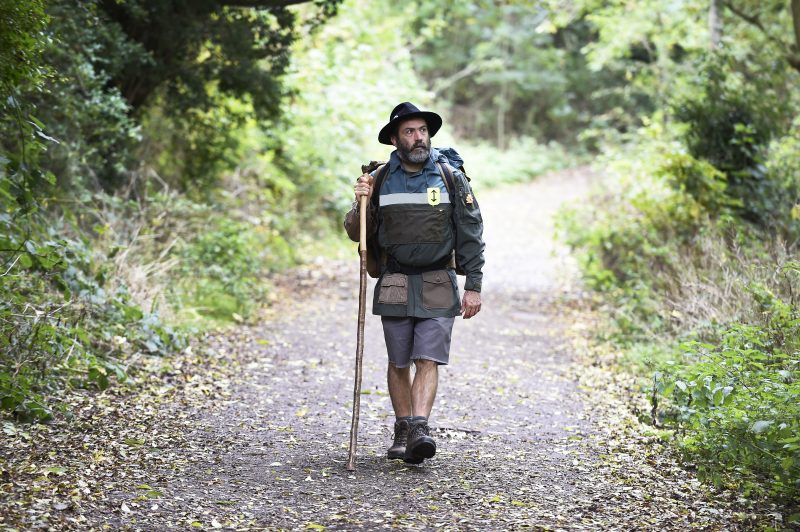
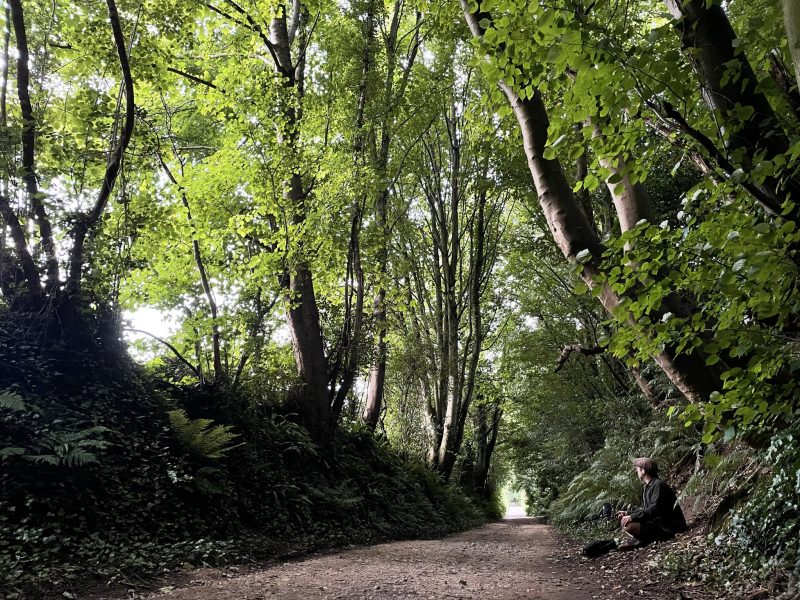
1 Comment
Add Yours →Lovely stuff mate.